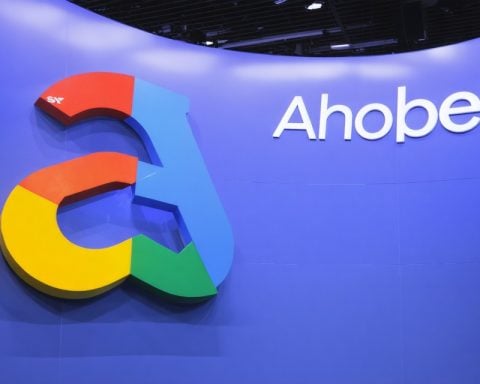In an exciting development in the tech world, WISeKey (NASDAQ: WKEY) is set to launch the SEALPhone, a groundbreaking Web3-compatible smartphone with advanced security features tailored for cryptocurrency enthusiasts. Anticipated to be available by the second quarter of 2025, the SEALPhone builds on the success of WISeKey’s 2017 blockchain-integrated WISePhone.
The SEALPhone distinguishes itself with robust security enhancements, including advanced encryption protocols and secure storage options. It integrates seamlessly with SEALCOIN, WISeKey’s proprietary cryptocurrency. One of the phone’s standout features is the inclusion of a Trusted Platform Module (TPM), which offers heightened cryptographic security. Additionally, it supports WISeID digital identity technology, allowing for qualified digital signatures.
To ensure user data remains uncompromised, the SEALPhone incorporates verified boot protection and a unique app store devoid of Google application backdoors and third-party tracking mechanisms. This is made possible through its operation on WISeKey’s customized secure operating system.
The SEALPhone is slated to make a grand entrance during the prestigious WISeKey Davos Event in January 2025. This event will be the first opportunity for enthusiasts and industry experts to experience its impressive capabilities.
With the SEALPhone, WISeKey aims to set a new standard for secure mobile communication and cryptocurrency handling, offering users both safety and versatility in an increasingly interconnected world.
How the SEALPhone Revolutionizes Privacy and Crypto Transactions
In an era where digital privacy is becoming increasingly crucial, WISeKey’s upcoming SEALPhone is poised to address some of the most pressing concerns in the tech landscape. While the industry eagerly anticipates this Web3-compatible smartphone, there’s more at stake than meets the eye. Here’s a deeper look into how this innovation could reshape not just digital security but also impact lives, communities, and countries globally.
Exploring Unseen Features
While the primary discussion has revolved around SEALPhone’s impeccable security measures, its contribution to advancing digital privacy campaigns is worth noting. Besides its advanced encryption and unique app store, the SEALPhone also brings a suite of privacy-focused applications that allow users to control data sharing and minimize digital footprints. Implications for Users: These features aim to empower individuals by giving them unprecedented control over personal information in an age where data breaches are rampant.
Potent Crypto Integration
The SEALPhone seamlessly integrates with SEALCOIN but goes beyond mere transactional functions. It supports decentralized applications (dApps) that enhance the functionality of cryptocurrencies, enabling operations such as decentralized voting and smart contracts right from your mobile device. Economic Impact: For communities embracing decentralized finance, this means access to banking-like services without traditional infrastructure, potentially improving financial inclusion in underserved regions.
Advantages and Challenges
A significant advantage of the SEALPhone is its uniform security architecture that extends a digital safety net across all functionalities, from basic communication to complex cryptocurrency operations. This comprehensive approach could reduce entry barriers for late adopters of cryptocurrency, promoting broader digital literacy.
However, the adoption of a customized operating system, while secure, poses challenges. Potential Downsides: A closed ecosystem may limit app availability and can pose compatibility issues with widely used software, constraining usage flexibility. Moreover, the phone’s reliance on proprietary solutions might necessitate a steep learning curve for users not familiar with such technologies.
Broader Impacts and Controversies
The SEALPhone has sparked discussions about the ethical dimensions of first-party controlled ecosystems versus open sources that promote more freedom but can develop vulnerabilities. There’s also debate around the social equity aspect. Critical Questions: Will such high-security devices, presumably at a premium cost, widen the tech accessibility gap, or will they introduce tiered pricing models to promote inclusivity?
Linking to Broader Conversations
The launch of SEALPhone arrives amid a global surge in discussions about data privacy, national security, and tech sovereignty. Many industries can observe and potentially adopt these practices—implications that cross both public and private sectors.
For more information about the broader implications of digital privacy, explore resources from the Electronic Frontier Foundation or learn about data protection techniques from the Privacy International. Understanding the nuances of blockchain technology can also be deepened by visiting CoinDesk.
In conclusion, WISeKey’s SEALPhone exemplifies not just a technological leap but a profound commentary on the growing demand for privacy-first digital solutions. The balance between pioneering innovation and universal accessibility remains to be fully understood, but its potential to redefine digital communication standards is undeniably exciting.























